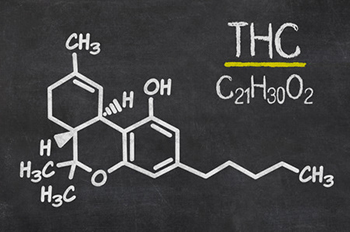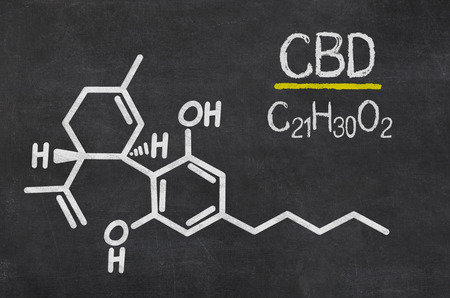Why do cannabis medications work so well?
In the mid-1990s Dr Ralph Mechoulam, who had previously identified THC as the main active ingredient in cannabis, discovered the endocannabinoid system (ECS). Humans and most mammals all have this system. This system consists of a series of receptors that regulate cellular biochemical process in the body. In a sense, they regulate our bodies’ biochemical processes for dealing with different functions. Our bodies produce endocannabinoid the same way they produce endorphins. It’s part of our normal endocrine system.
The ECS system is known to participate in the body’s management of appetite, pain-sensation, mood and memory, and immune-system functions.
There are two main receptors, cannabinoid 1 (CB1) and


